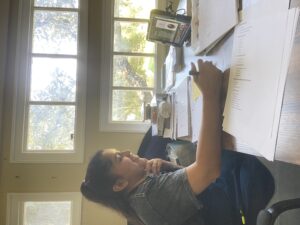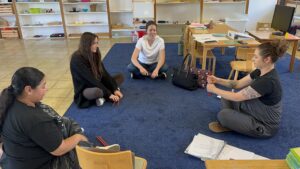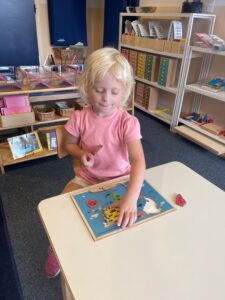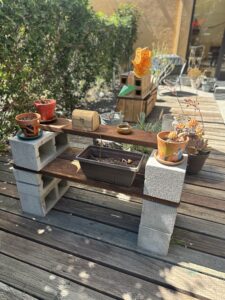
At the heart of the Montessori approach is the understanding that children are naturally curious about what it means to be human. From the youngest ages, they observe, absorb, and delight in the cultural patterns around them; whether it’s the way people greet each other, the foods they prepare, or the music that fills their homes. In the Sage Teacher Education Program, our Montessori Cultural Studies training helps educators prepare thoughtful, engaging lessons that introduce children to the breadth and beauty of human life.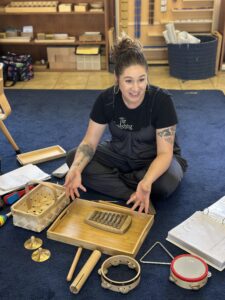
Culture extends far beyond art, music, or fashion. It’s embedded in daily interactions and lived experiences: the words we choose in different settings, how we greet one another, the food traditions we hold dear, and even the distance we keep when speaking. While children absorb much of this learning indirectly by living within their own communities, Montessori education gives them explicit opportunities to explore cultures around the world.
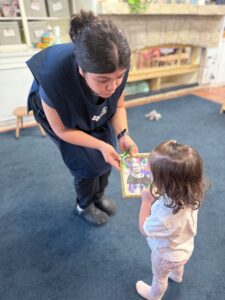 These lessons don’t just expand knowledge; they nurture respect, empathy, and joy in human diversity. Many even overlap with Practical Life activities, such as learning how to say “please” and “thank you” in ways that are meaningful within each child’s own community.
These lessons don’t just expand knowledge; they nurture respect, empathy, and joy in human diversity. Many even overlap with Practical Life activities, such as learning how to say “please” and “thank you” in ways that are meaningful within each child’s own community.
Our Cultural Teaching Manual guides teacher trainees to set up environments rich in discovery. Cultural studies are explored through:
Each activity invites children to ask profound questions: What is a country? What is music? How can I use art or food to share generosity and connect with others? Between the ages of 3 and 6, children are particularly eager to answer these questions, delighting in naming and categorizing the world around them.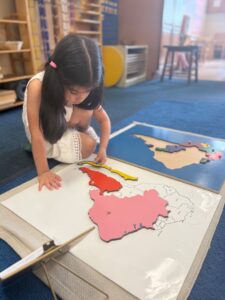
There is no single “right way” to organize cultural materials. What matters is that the shelves are intentional, progressing from simple to complex. For example:
At MSOSV, Montessori shelves are organized left to right, top to bottom, with the least complex activities on the upper left and the most complex on the bottom right. This natural progression supports independent exploration.
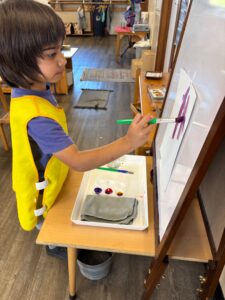 When we prepare meaningful cultural activities, we empower children to connect with the larger world. These early experiences teach them that music, art, science, and food are not just academic subjects but also ways humans express identity, generosity, and connection.
When we prepare meaningful cultural activities, we empower children to connect with the larger world. These early experiences teach them that music, art, science, and food are not just academic subjects but also ways humans express identity, generosity, and connection.
Through the Sage Teacher Education Program, Montessori educators gain the tools to make culture come alive in their classrooms, nurturing global citizens who respect diversity and delight in discovery.